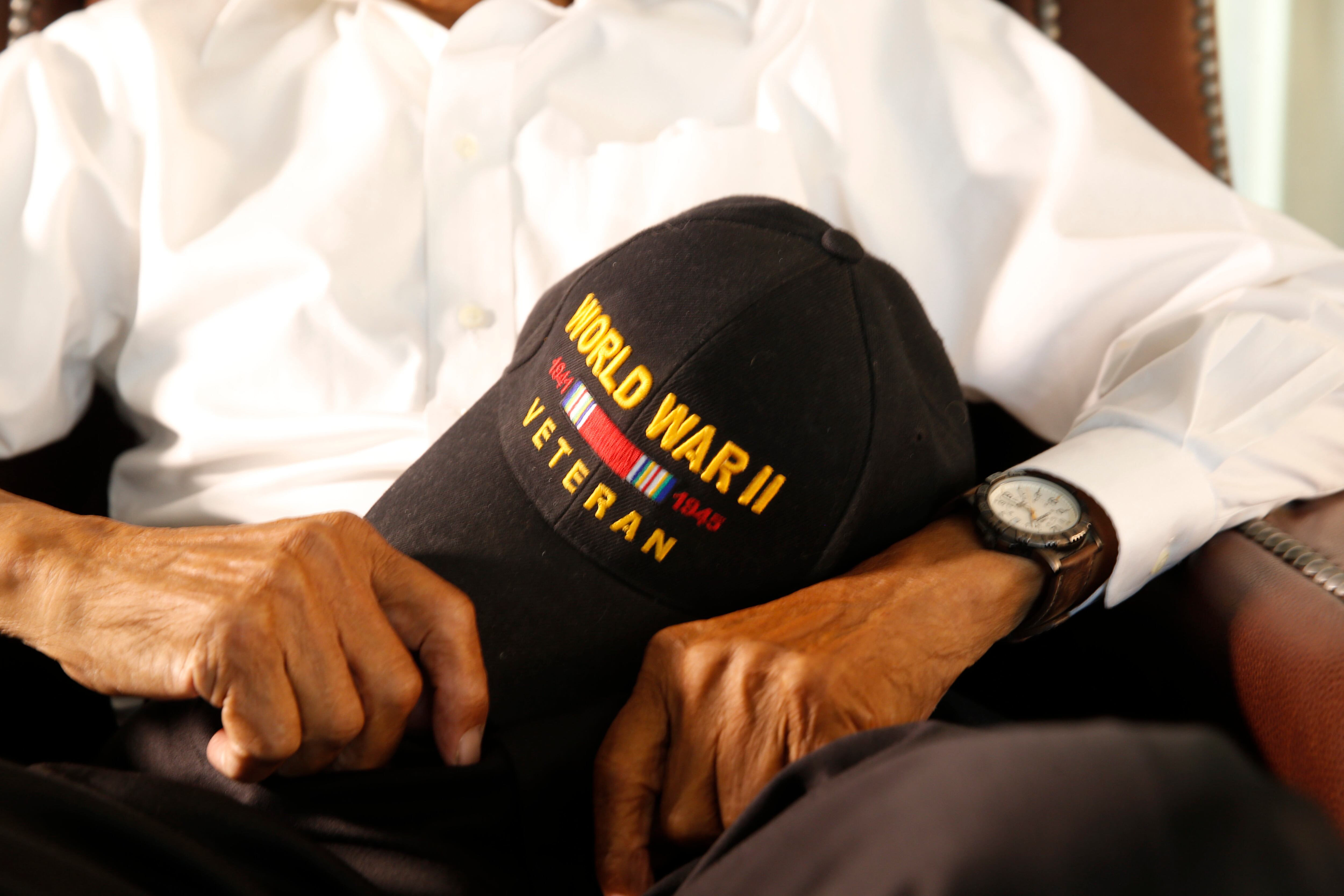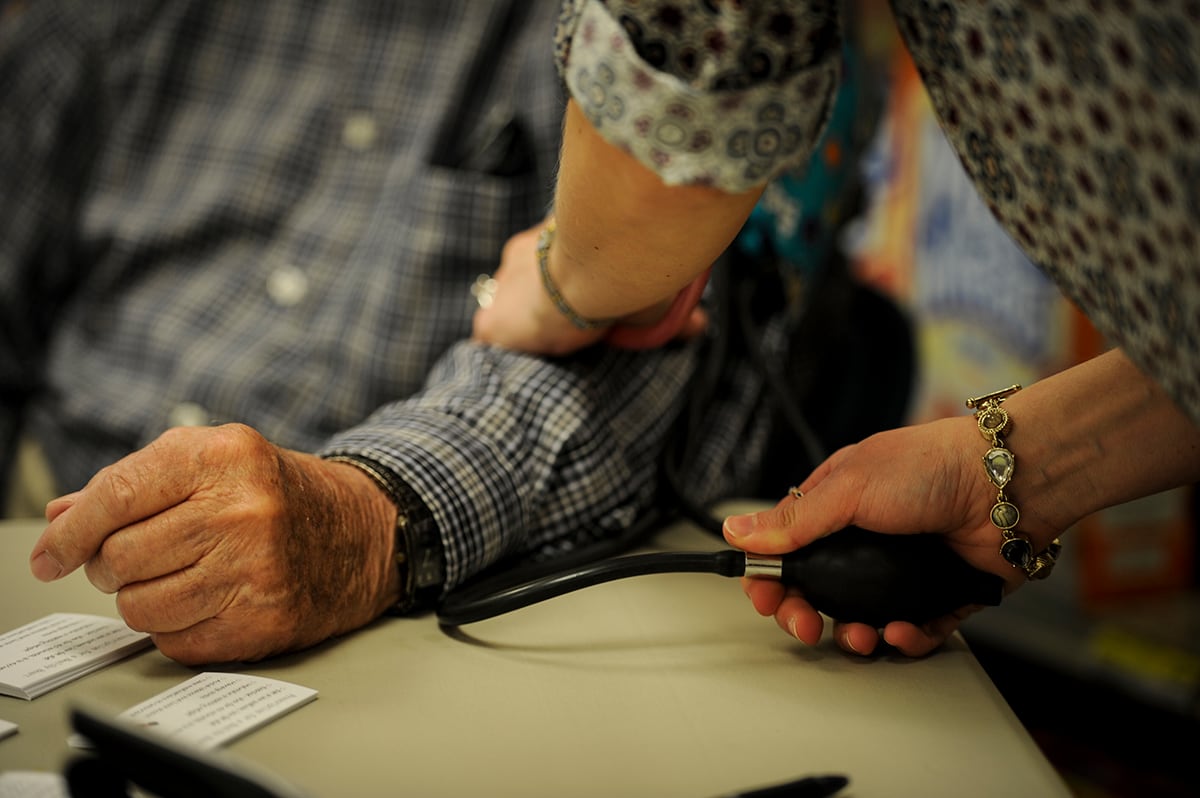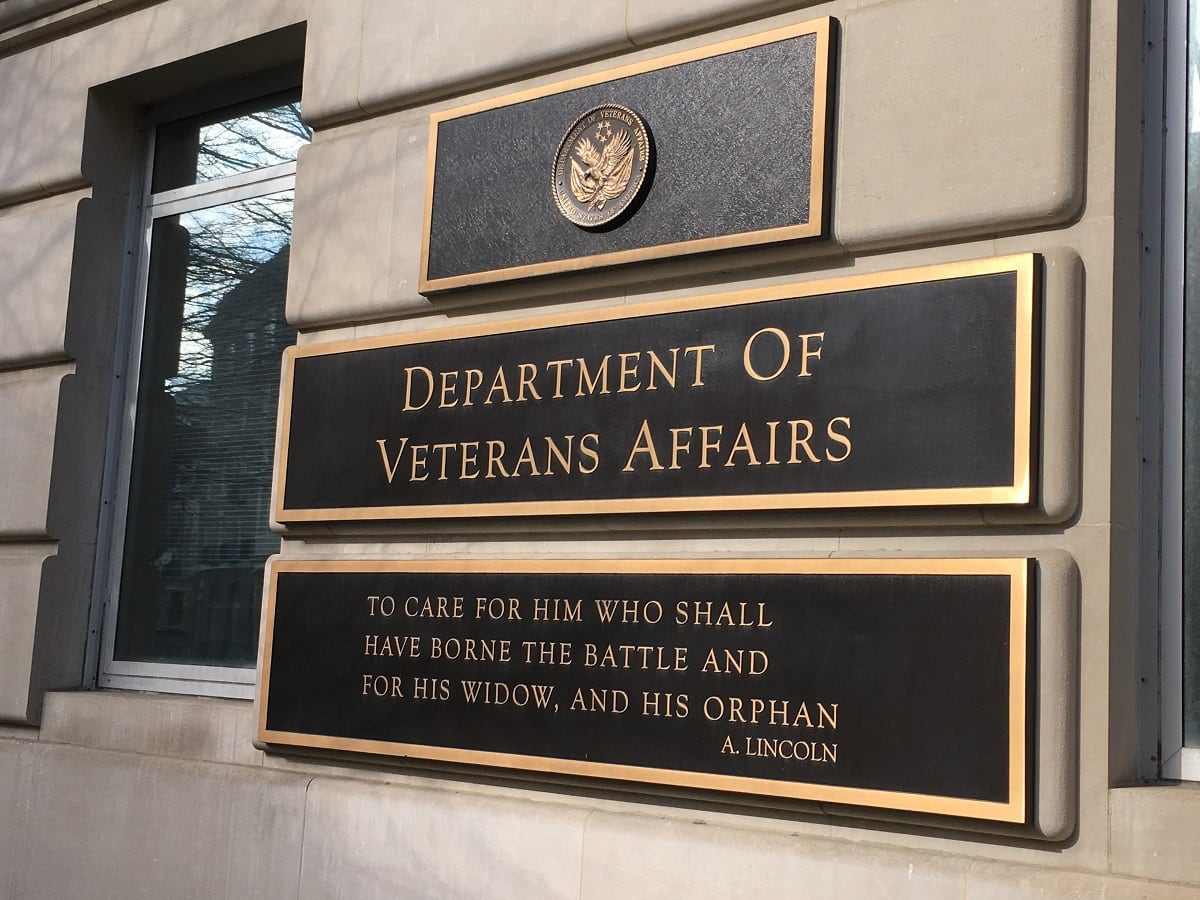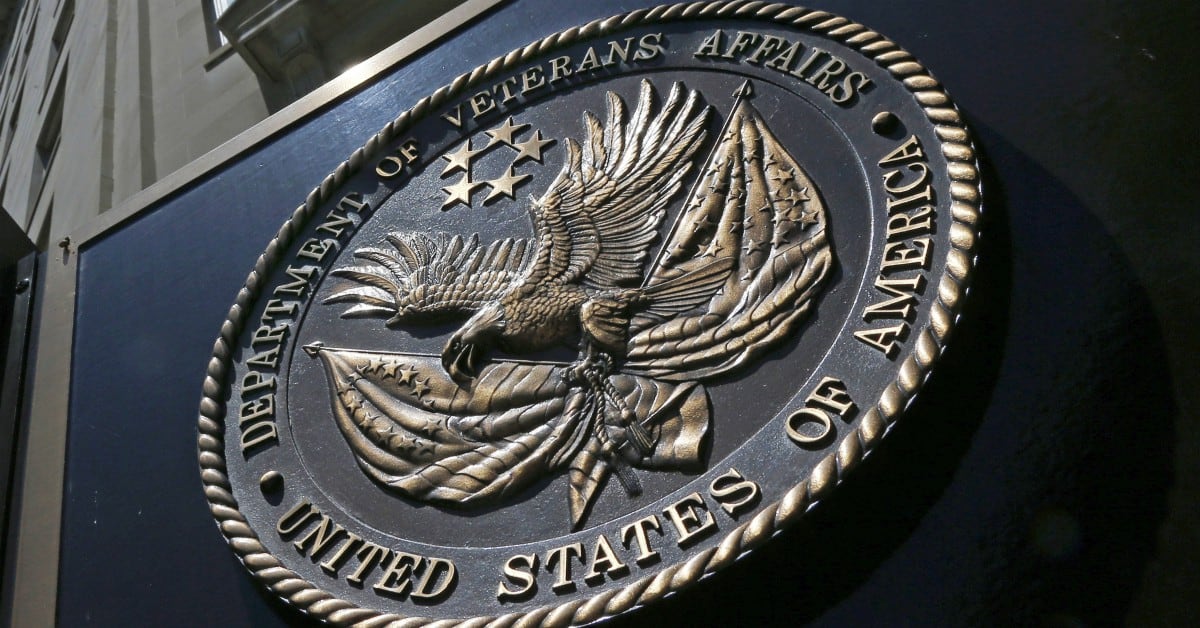WASHINGTON — A friend called Army veteran Ryan Gallucci last year, worried just before a scheduled court date to appeal a Department of Veterans Affairs decision to deny him part of his disability payouts.
“He told me he couldn’t remember what he had appealed, because the process had taken so long,” said Gallucci, deputy director of the Veterans of Foreign Wars’ benefits programs. “In a lot of these cases, we’re seeing cases returned because they need updated medical exams, because the process has taken so long those records are outdated.
“At least now, things should move quicker.”
As of today, VA officials have officially switched their benefits appeals process to a new system that promises more clarity and quicker decisions for the 1-million-plus cases handled by the department annually.
RELATED

VA leaders are touting the move as another expansion of “choice” for veterans in the department’s systems and a radical rethinking of how benefits cases are handled. VA Secretary Robert Wilkie called the move part of “the greatest transformation event in the history of the department” at a launch event on Tuesday.
But how much the changes resonate with the veterans community and the general public remains to be seen.
Those who have applied for disability payouts know that small changes in ratings can mean significant increases in income.
Veterans with a 70 percent disability rating can receive as little as half of the benefits as those with a full 100 percent rating, a gap of more than $20,000 over the course of a single year.
That makes the appeals process — where veterans can argue that the department awarded them too low a rating — a critical component of the benefits system, one that has faced increasing strain in recent years.
At their core, the new changes shorten the wait for appeals decisions and simplify the process, which could help with eventually getting rid of a backlog of cases in the system numbering above 400,000.
Veterans can choose one of three options for their appeals — a supplemental claim (introducing evidence left out of the initial decision), a review by a senior official (“calling the manager to complain,” as one advocate called it), and a direct line to the Board of Veterans Appeals, where a panel of judges will rule on the case.
The first two options carry with them a goal of 125 days from start to finish. The appeal to the judges has a target of a year. But officials are promising that all three will be significantly speedier than the legacy system, where veterans face a typical wait of somewhere between three and seven years.
More than 600 new staffers have been added to work on the backlog and help shuffle through new cases quicker. Board of Veterans Appeals Chairwoman Cheryl Mason called it “the biggest change to the appeals process in decades.”
RELATED

What officials are not promising is that the success rate of those appeals will increase.
That means that even with the sweeping overhaul, tens of thousands of veterans will still leave the appeals process with lower payouts than they hoped. VA officials and advocates are banking that better customer service will end up making rejections less painful.
“Veterans are hoping for a favorable decision, but they also want to see it fast,” said Greg Nembhard, deputy director of claims services for The American Legion. “If they have to wait years for a decision, they can forget they even have a case on appeals.
“We think these changes are going to mean higher levels of satisfaction, even if it results in a denial.”
David McLenachen, director of VA’s Appeals Management Office, said for the last three years department officials have been working closely with groups like VFW and the American Legion to make sure the new process is easier for veterans to navigate.
In the past, Gallucci said, even starting an appeal could mean filing an initial letter of intent, waiting on a VA response, filing a response to that response, waiting on more VA documentation and then formally launching the process.
“It was like some bureaucracy out of Futurama,” he said.
Now, veterans will be able to start more directly. In the past, appellants could introduce new medical evidence and paperwork at almost any part of the process, resetting the entire case. Now those options are limited, in an effort to simplify evaluations.
RELATED

If veterans are unhappy with a decision, they can go back and try again (with a clearer understanding of what they have to prove, McLenachen points out.) Some veterans may opt for multiple appeals, still spending years in the system. Others may better understand why their appeals will not ever win and drop out.
But McLenachen said regardless, everyone will have faster decisions and a clearer understanding of what the flaws in their cases are. He is hopeful that the backlog of about 265,000 non-board appeals cases can be brought down near zero over the next two years.
Outside groups are optimistic too, though they warn that both sides will have to carefully monitor the new process to ensure that mistakes aren’t creeping in.
Rene Bardorf, senior vice president of government and community relations for Wounded Warrior Project, called the changes “a major step in the right direction to ensure our veterans receive the benefits they have earned,” but she said her organization will be monitoring for unexpected problems.
Nembhard said officials at the Legion are unsure whether faster decisions will mean a greater workload for his benefits advisors or a simpler process (though he is more confident that veterans will be happier with the quicker rulings).
Gallucci said veterans may not be able to see the differences immediately, but the next few years should see significant changes in how the overall process is viewed.
“What’s more frustrating, waiting five years to be denied or moving along quicker?” he said. “I think most veterans will at least understand what is happening (with their cases) now. And that does mean happier customers.”
More information on the process is available at VA’s web site.
Leo covers Congress, Veterans Affairs and the White House for Military Times. He has covered Washington, D.C. since 2004, focusing on military personnel and veterans policies. His work has earned numerous honors, including a 2009 Polk award, a 2010 National Headliner Award, the IAVA Leadership in Journalism award and the VFW News Media award.




